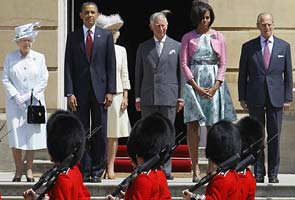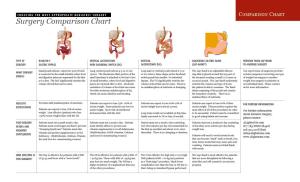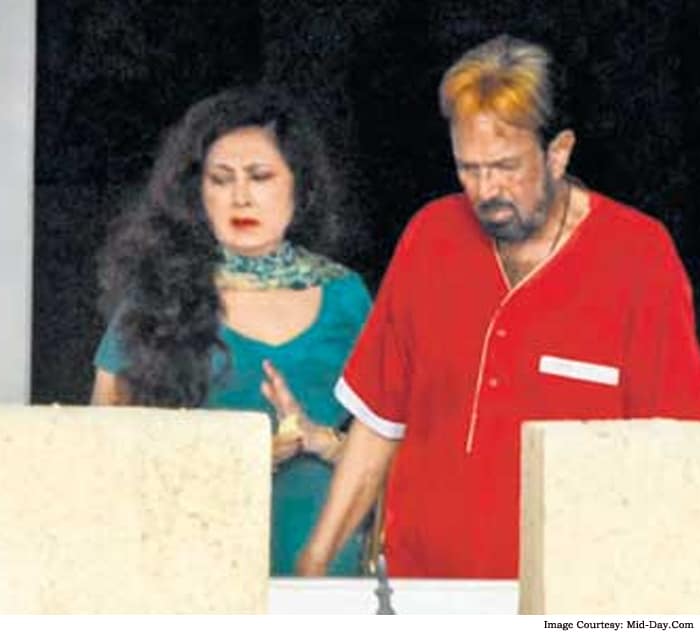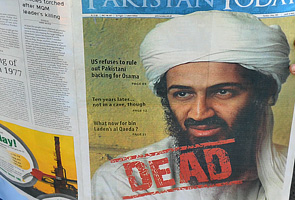15 may 2011
26/11 accused Tahawwur Rana trial: Jury selection begins
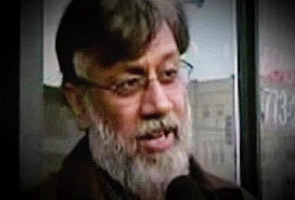 |
| Dr Sanjay Kumar Cardiothoracic Cardiac Heart Surgeon India |
Chicago: The allegations against Chicago businessman Tahawwur Rana are fairly straightforward– He helped a former boarding school friend serve as a scout for terrorists who carried out the 26/11 rampage that killed more than 160 people in Mumbai.
But the implications of Rana’s trial, which begins with jury selection on Monday in Chicago, could be enormous. To make their case, federal prosecutors may lay bare alleged connections between the militant group blamed for the Mumbai attack and Pakistan’s main intelligence agency, the Inter Services Intelligence (ISI), which has increasingly come under scrutiny after Osama bin Laden was found living in a compound not far from Pakistan’s capital Islamabad.
The jury selection is expected to take a week and the trial begins on May 23.
The key government witness could be David Coleman Headley, a Pakistani-American with a troubled past who pleaded guilty last year to laying the groundwork for the Mumbai attack by the Pakistani militant group Lashkar-e-Taiba. Headley is cooperating with US officials and told interrogators that Pakistan’s Inter-Services Intelligence agency provided training and funds for the attack against India.
Headley had told authorities that Rana provided him with cover for his Mumbai scouting missions. Headley had also told interrogators that he was in contact with another militant with ties to al-Qaida who was helping plot a separate bomb attack against a newspaper in Denmark whose cartoons had offended Muslims.
On the heels of bin Laden’s May 2 killing, Headley’s testimony and other details from Rana’s trial could further strain the already delicate ties between the United States and Pakistan, a critical relationship in the global battle against terrorism.
The discovery of bin Laden living in an army garrison town near Islamabad has led to suspicions that Pakistani intelligence officials knew of his presence and perhaps were protecting him. That has deepened suspicions that Pakistani agents secretly work with terrorist organizations despite receiving billions in US aid every year.
“What you’ll have now in Chicago is a trial which will undoubtedly demonstrate links between Pakistan government agencies and one of the most competent terrorist organizations operating in South Asia, the Lashkar-e-Taiba,” said Seth Jones, a senior political scientist at the international research and analysis agency RAND Corp. The trial “just adds more fuel to an already tense situation.”
Experts say Lashkar-e-Taiba — whose name means “Army of the Pure” — was created with ISI’s help in the 1980s as a proxy fighting force to battle with India over the disputed territory of Kashmir. Counterterrorism officials say the militant group has gained strength with the help of ISI since then, possibly with the help of retired officers, but Pakistani officials have denied any ties with the group.
Lashkar-e-Taiba is accused of carrying out the three-day siege in Mumbai in which 10 gunmen attacked two luxury hotels, a Jewish center and a busy train station in India’s financial capital, killing 166 people, including six Americans.
Rana, a Canadian national and father of three who has lived in Chicago for years, owns a Chicago-based immigration and law services center, First World Immigration Services, in the heart of the city’s South Asian enclave. He and Headley met as teenagers at a prestigious Pakistani military boarding school outside Islamabad.
Prosecutors say Rana, who was arrested in 2009, provided cover for Headley by letting him open a First World office in Mumbai and travel as a supposed representative for the agency. He also allegedly helped Headley make travel arrangements as part of the plot against the Danish newspaper that in 2005 printed cartoons of the Prophet Muhammad, which angered a large section of the Muslim community worldwide. Pictures of the prophet are prohibited in Islam.
Rana is charged with providing material support for terrorism in India and Denmark. In court documents, Rana’s attorneys have said he believed Headley was working for Pakistani intelligence. Headley also told authorities that he told Rana he “had been asked to perform espionage work for the ISI,” according to a court filing.
“Part of the defense will be that Headley used his connections with ISI to explain the things he was doing,” Rana’s attorney Patrick Blegen told reporters outside the federal courthouse last week. Rana “has maintained his innocence since the day he was arrested.”
However, US District Court Judge Harry Leinenweber ruled that the proposed defense was “objectively unreasonable” and Rana’s alleged actions still would have been in violation of US law.
Prosecutors have repeatedly declined to comment on the case. A senior Pakistani intelligence official said he has not been following the trial and did not have any comment on it.
Some experts are skeptical about how much the trial will reveal. They note that federal prosecutors may work hard to keep any sensitive information from surfacing in the courtroom, and that Headley is not the most credible witness. Born Dawood Gilani, Headley reached a plea deal with prosecutors in the terrorism case in exchange for avoiding the death penalty and previously had been an informant for the US Drug Enforcement Administration after a conviction on heroin smuggling charges.
“We’re not going to learn (anything) from the Rana trial that we don’t know from Headley’s interrogation,” said Christine Fair, an assistant professor at the Center for Peace and Strategic Studies at Georgetown University. She said Headley’s accounts have not been verified and amount to “the musings of a terrorist who’s trying to minimize his sentence.”
Details of Headley’s possible testimony were revealed last year in an Indian government report revealing what he had allegedly told Indian investigators during questioning in Chicago, where he’s being held.
In the report, Headley is cited describing how ISI was deeply involved in planning the Mumbai attacks and how he reported to a man known only as “Major Iqbal,” whom he called his Lashkar-e-Taiba “handler.” But some experts have suggested that Iqbal may be a retired ISI officer. In the indictment his name is listed as unknown, and some have even doubted his existence.
Rana is actually the seventh name on the indictment, and the only defendant in custody. Among the six others charged in absentia is “Major Iqbal” and Sajid Mir, allegedly another Lashkar-e-Taiba supervisor who also “handled” Headley.
Also indicted is Ilyas Kashmiri, the commander of the terror group Harakat-ul Jihad Islami who also is believed by Western intelligence to be al-Qaeda’s operational chief in Pakistan. During his travels for spying and training, Headley allegedly met with Kashmiri in Pakistan, and Kashmiri gave him instructions on how to carry out the Danish newspaper bombing, which ultimately never occurred.
“It is potentially serious if one can demonstrate ISI’s relationship with Lashkar-e-Taiba and Lashkar-e-Taiba’s relationship with al-Qaeda,” Jones said. “That is one step away from an ISI-al-Qaida link, and that’s a very serious close connection.”





